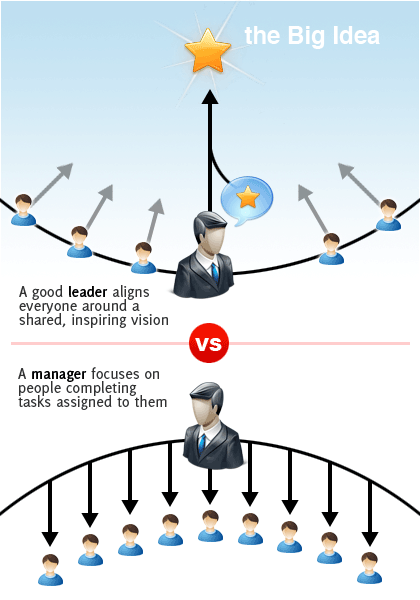Even before I was laid off I had to keep track of my expenses for work. At that time it meant extra bonus “expense” checks for mileage driven or reimbursement for my food. Now that I am working for myself and not taking a salary, it is of the utmost importance that I do this, because its one of the only ways i can get cash inflow.
Since getting my iPhone I was convinced that there had to be a good tracking program. The problem was that many of the apps on the market were unitaskers, they EITHER calculated vehicular expenses (and some only mileage) or they were submittable receipts. Eventually I found XpenseTracker. This app lets me log all of this information in one place, plus i can divide things up in job specific logs. There are custom notes fields as well as fields for merchants and clients. It also allows me to keep track of my non-profit miles for the work I do with Dominion Stage. In addition to tracking and keeping my records it also allows me to use the camera to take photos of my receipts at the time of purchase. I no longer need to lug them with me and store them in envelopes at home. The really great aspect of this program is that it can wireless sync with your computer to export all of this information in CSV, QIF or Plain Text formats.
As far as tracking apps go, this software is not cheap, but it is also not too expensive. The $4.99 price tag is easily justifiable, considering it can do so much more than any of the free or $.99 apps on the market.
